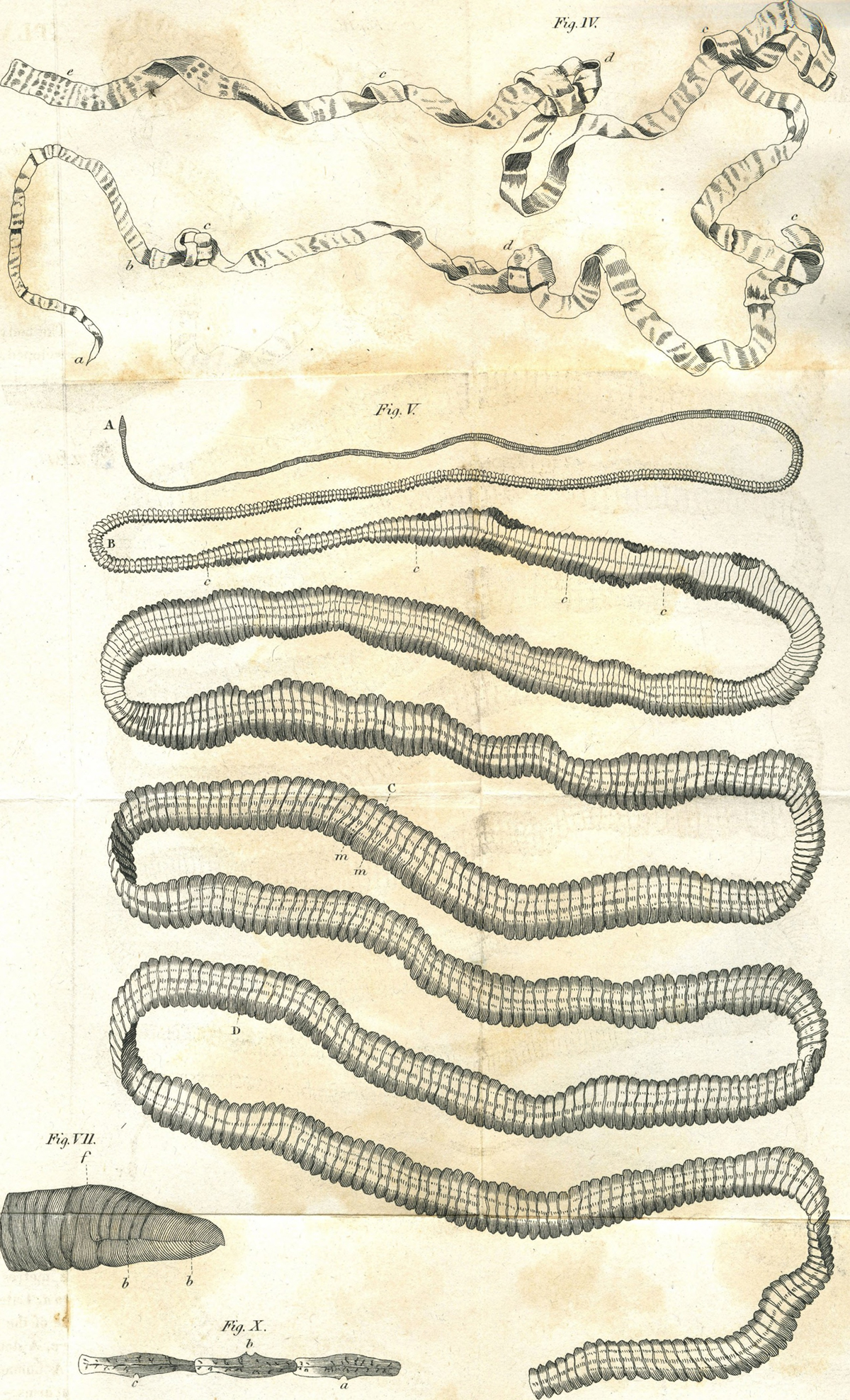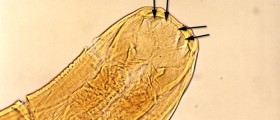
Intestinal Worms - Introduction
There are many parasites including intestinal worms which may affect the humans. Some of these parasites are transmitted directly from a person to person while some of them require transitory host which is a link between two sick people.
A variety of parasites affect humans and they are classified into several groups including protozoa, treated (flatworms), cestoda (flatworms) and nematode (roundworms). The incidence of getting an intestinal worm is higher in less developed countries where there are no adequate sanitary facilities and where the chance of water and food contamination with parasites is higher. Improper hygiene is one of the risk factors for transition of the infection.
Once the intestinal worms reach intestine they start producing eggs or larvae which are distributed with the feces and this way infection can be easily spread. The presence of intestinal worms in humans may be asymptomatic. Still, if there is too much worms in the intestine or they are large in size they may seriously interfere in absorption of food leading to malabsorption and many nutritive deficiencies. Furthermore, the very presence of the parasite inside the body triggers the immune system reaction which may feature with typical symptoms and signs. And finally, if the worms are big or there is plenty of them in the gastrointestinal tract the chance of certain complications such as intestinal blockage significantly increases.
Different Varieties of Human Intestinal Worms
Nematodes, also known as roundworms include representatives of different groups of worms such as hookworms, whipworms, pinworms and heartworms. Roundworms may produce up to 200,000 eggs per day. These intestinal worms can be found in the gastrointestinal tract of around million people. Roundworms typically cause abdominal discomfort, rashes, eye pain and insomnia. They may be up to 15 inches long and if there are large number of these worms in the intestine there is increased chance for intestinal blockage.
Hookworms are approximately 1/2 inches long. These parasites may cause anemia (due to iron deficiency), abdominal pain, and loss of appetite and protein deficiency.
Pinworms are approximately long as hookworms. They are white in color and capable of producing around 15,000 eggs per day. These worms cause pruritus of the anal region or vagina, digestive disturbances, insomnia, irritability and nervousness.
Whipworms are around 1 or 2 inches long and cause weight loss, lower abdominal pain, nausea and bloody stools.
People may also get infected with cestoda (flatworms). These are many flatworms which may settle in human gastrointestinal tracts and since they take away host's food they lead to progressive weight loss. These worms may be rather long (up to 100 feet) which is a cause of many intestinal disturbances.










_f_280x120.jpg)





Your thoughts on this
Loading...